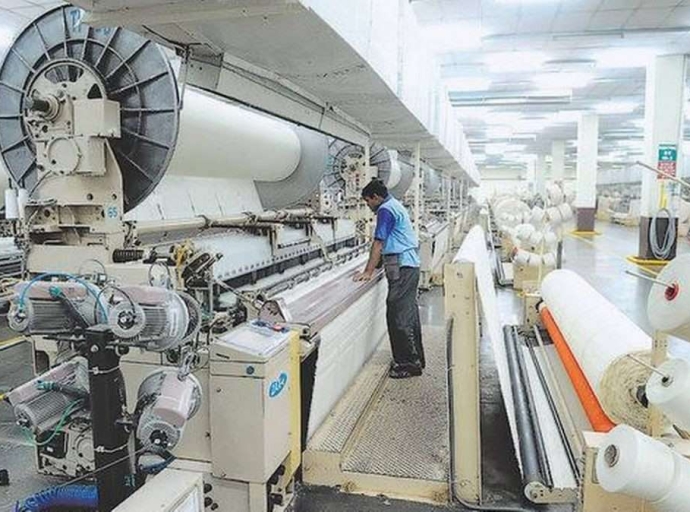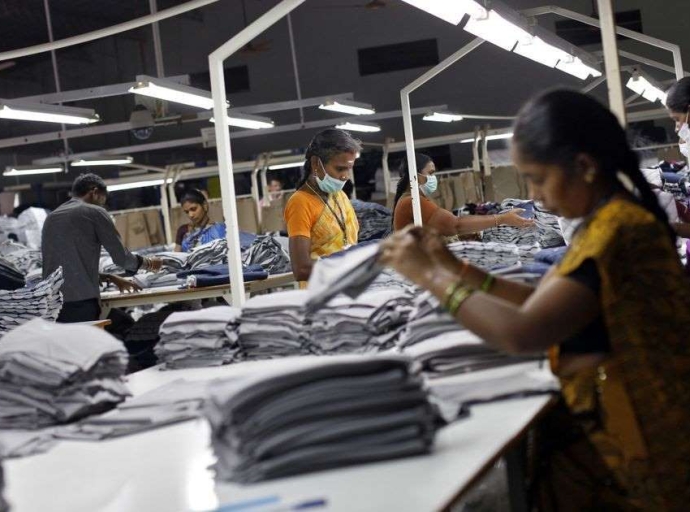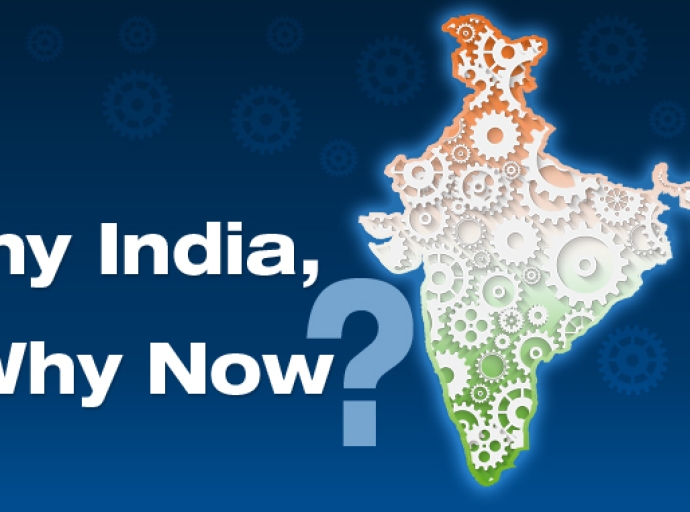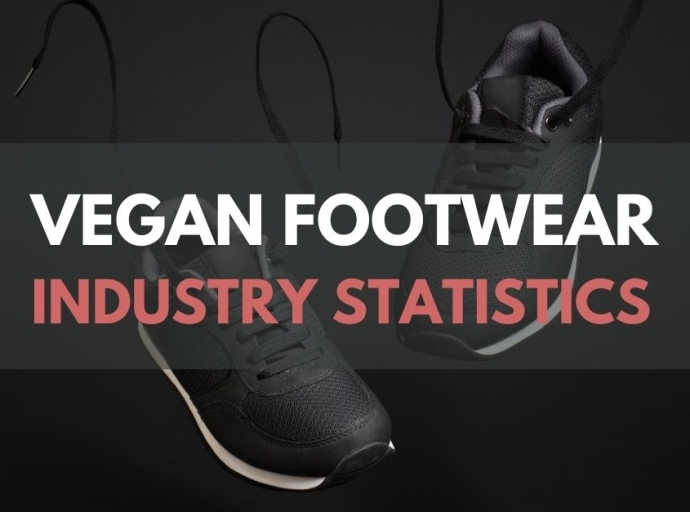31 October 2023, Mumbai
Growing Environmental Concerns Driving Market Growth
The vegan footwear market is projected to grow from US$30,072.1 million in 2023 to US$60,992.6 million by 2033, expanding at a CAGR of 7.3%.
One of the key factors driving this growth is the increasing environmental concern among consumers.
According to a 2022 survey by GlobalWebIndex, 67% of global internet users are willing to pay a premium for sustainable products.
Vegan Footwear as an Eco-Friendly Alternative
Vegan footwear is a more sustainable alternative to traditional leather footwear, which requires harmful chemicals and produces a large carbon footprint.
The production of vegan footwear uses sustainable materials such as recycled plastics, organic cotton, and mushroom leather.
Government Regulations and Growing Vegan Population Bolstering Market Growth
Government regulations on leather products and the growing vegan population are also contributing to the growth of the vegan footwear market.
For example, in 2022, the Indian government banned the export of leather and fur products from the country. This ban is expected to boost the demand for vegan footwear in India.
Increasing Need for Industrial Carbon Footprint Reduction to Fuel Market Growth
The footwear industry is one of the major contributors to carbon emissions. However, with the growing demand for sustainable products, several footwear companies are taking steps to reduce their environmental impact.
For example, Nike has committed to reducing its carbon footprint by 50% by 2030.
Commerce Platforms Fueling Market Revenue
The availability of vegan footwear products on e-commerce platforms such as Amazon, Flipkart, and eBay is also contributing to the market's growth.
These platforms provide a convenient and easy way for consumers to purchase vegan footwear.
Country-wise Insights
Germany is leading the European Vegan Footwear Market
Germany is the leading market for vegan footwear in Europe, with a market size of US$ 26.14 billion in 2030. This is due to the growing demand for vegan products and the high number of vegans in the country.
India: A Favorable Market for Vegan Footwear Products
India is a favorable market for vegan footwear products due to the growing demand for plant-based products and the high percentage of the vegan population.
The country also has a high demand for shoes and handicrafts.
Competitive Landscape
The vegan footwear market is highly competitive, with several players operating in the space. Some of the key players include Nike, Adidas, VF Corporation, and PAIO.
These companies are investing in innovation and design to differentiate themselves in the market.
Outlook
The vegan footwear market is expected to grow in the coming years, driven by increasing environmental concerns, government regulations, and the growing vegan population.
Growing Environmental Concerns Driving Market Growth
The vegan footwear market is projected to grow from US$30,072.1 million in 2023 to US$60,992.6 million by 2033, expanding at a CAGR of 7.3%.
One of the key factors driving this growth is the increasing environmental concern among consumers. According to a 2022 survey by GlobalWebIndex, 67% of global internet users are willing to pay a premium for sustainable products.
Vegan Footwear as an Eco-Friendly Alternative
Vegan footwear is a more sustainable alternative to traditional leather footwear, which requires harmful chemicals and produces a large carbon footprint.
The production of vegan footwear uses sustainable materials such as recycled plastics, organic cotton, and mushroom leather.
Government Regulations and Growing Vegan Population Bolstering Market Growth
Government regulations on leather products and the growing vegan population are also contributing to the growth of the vegan footwear market.
For example, in 2022, the Indian government banned the export of leather and fur products from the country. This ban is expected to boost the demand for vegan footwear in India.
Increasing Need for Industrial Carbon Footprint Reduction to Fuel Market Growth
The footwear industry is one of the major contributors to carbon emissions. However, with the growing demand for sustainable products, several footwear companies are taking steps to reduce their environmental impact.
For example, Nike has committed to reducing its carbon footprint by 50% by 2030.
Commerce Platforms Fueling Market Revenue
The availability of vegan footwear products on e-commerce platforms such as Amazon, Flipkart, and eBay is also contributing to the market's growth. These platforms provide a convenient and easy way for consumers to purchase vegan footwear.
Country-wise Insights
Germany is leading the European Vegan Footwear Market
Germany is the leading market for vegan footwear in Europe, with a market size of US$ 26.14 billion in 2030. This is due to the growing demand for vegan products and the high number of vegans in the country.
India: A Favorable Market for Vegan Footwear Products
India is a favorable market for vegan footwear products due to the growing demand for plant-based products and the high percentage of the vegan population.
The country also has a high demand for shoes and handicrafts.
Competitive Landscape
The vegan footwear market is highly competitive, with a number of players operating in the space.
Some of the key players include Nike, Adidas, VF Corporation, and PAIO. These companies are investing in innovation and design to differentiate themselves in the market.
Outlook
Vegan Footwear Market to Reach US$ 60.99 Billion by 2033, Expanding at a CAGR of 7.3%
The vegan footwear market is expected to grow in the coming years, driven by increasing environmental concerns, government regulations, and the growing vegan population.
Key points:
- The vegan footwear market is projected to grow from US$ 30,072.1 million in 2023 to US$ 60,992.6 million by 2033, expanding at a CAGR of 7.3%.
- One of the key factors driving this growth is the increasing environmental concern among consumers.
- Vegan footwear is a more sustainable alternative to traditional leather footwear, which requires harmful chemicals and produces a large carbon footprint.
- Government regulations on leather products and the growing vegan population are also contributing to the growth of the vegan footwear market.
- The footwear industry is one of the major contributors to carbon emissions, but several footwear companies are taking steps to reduce their environmental impact.
- The availability of vegan footwear products on e-commerce platforms is also contributing to the market's growth.
- Germany is the leading market for vegan footwear in Europe, with a market size of US$ 26.14 billion in 2030.
- India is a favorable market for vegan footwear products due to the growing demand for plant-based products and the high percentage of the vegan population.
- The vegan footwear market is highly competitive, with several players operating in the space. Some of the key players include Nike, Adidas, VF Corporation, and PAIO.
CREDITS: Future Market Insights report
Latest Textile Events



























